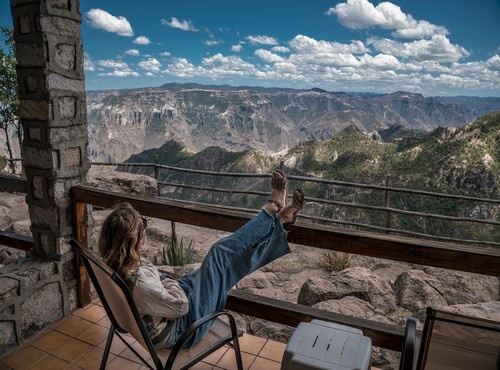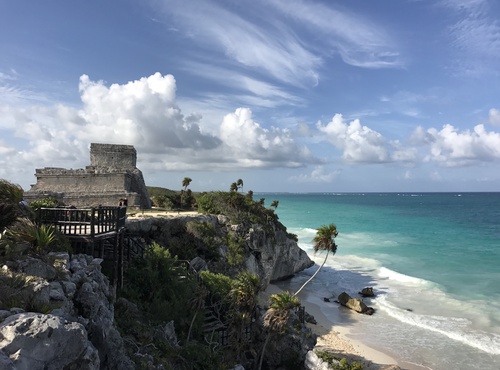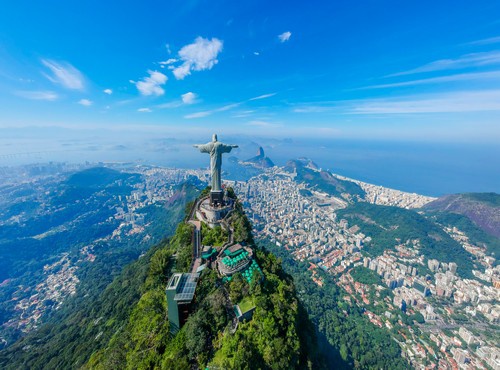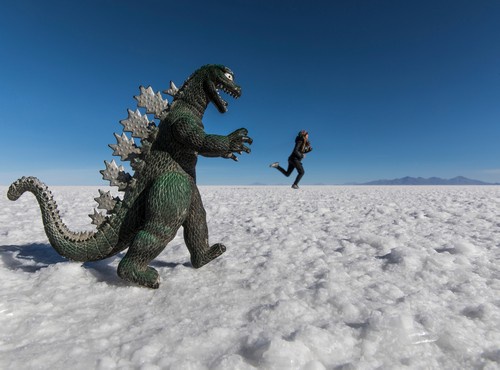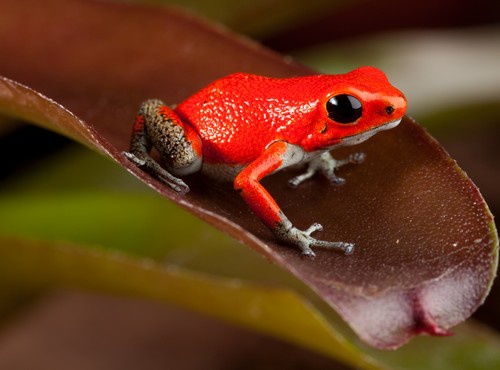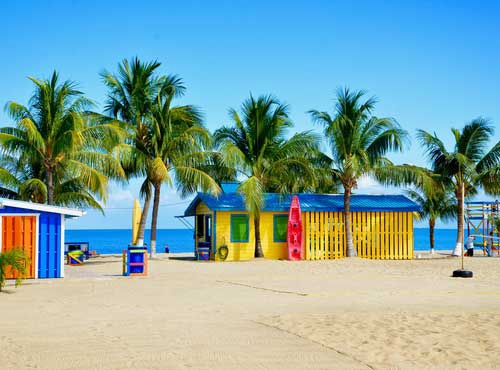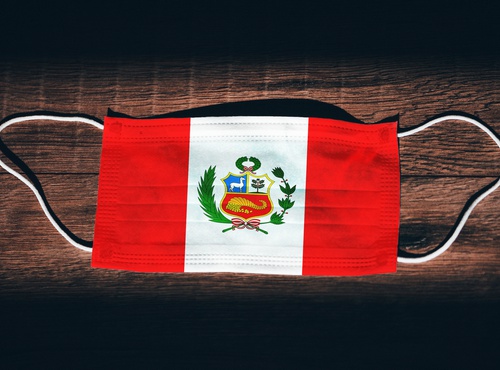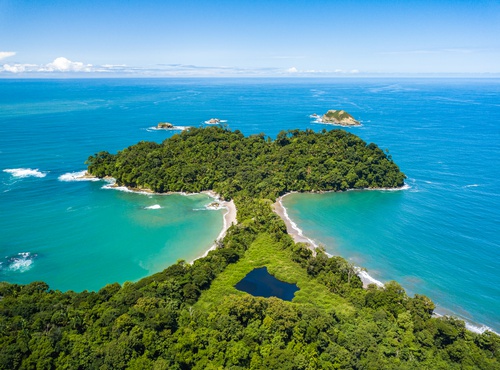
Written by:undefined undefined
Published: 26-04-2023
The north of Chile is split into two regions. The southernmost part is known as El Norte Chico and the northernmost part as El Norte Grande. This terminology reflects the awe inspired by the extreme conditions and vastness of the Atacama Desert. Both regions are characterized by expansive Pacific beaches and resort towns. The two areas contain vast deserts, petroglyphs, and other archeological remains of ancient desert cultures, making it a fascinating destination to visit in Chile.
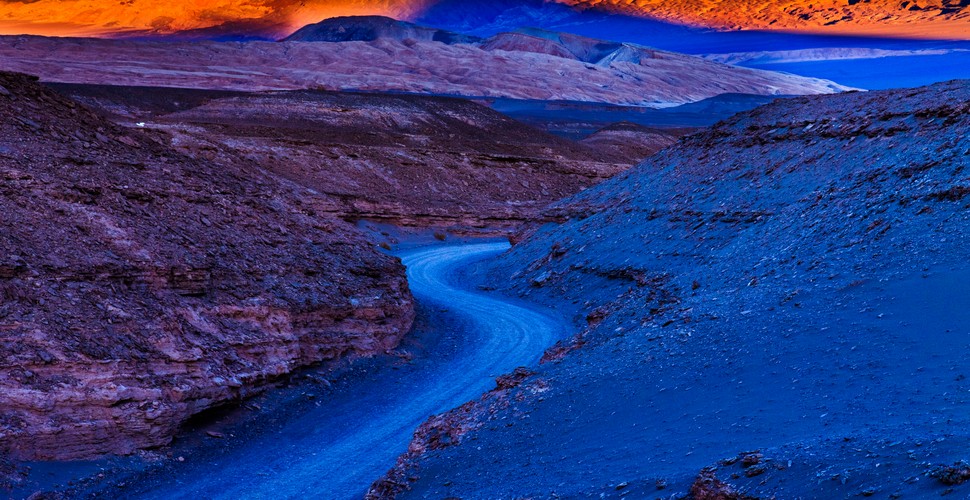
Atacama Desert at Dusk
Codpa
Codpa was the pre-Hispanic residence of the chief of Altos de Arica who governed the tribes of Socoroma, Putre, Livilcar, and Tignamar, among other communities. It is located on the headwaters of the River Vitor, which ensures a supply of extremely pure water. The land here is very fertile, producing different kinds of fruits and the grapes from which the traditional Pintatani wine is produced. In Codpa, you will enjoy a welcome drink -- a sample of typical Pintatani wine. Take a stroll through town to discover the local architecture. The shaman will be on hand to 'read the future' with a coca leaf, as musicians perform local music and dances.
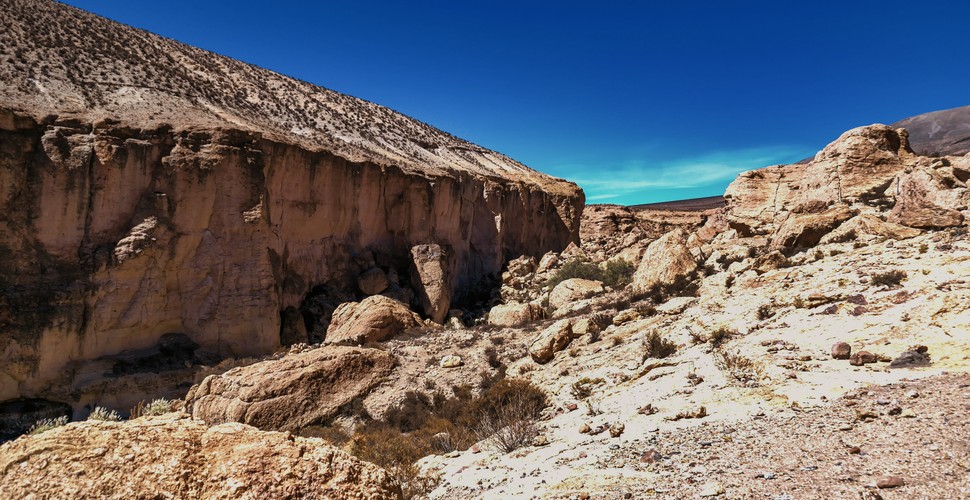
Canyon in Codpa
Putre
Putre is a smaller but beautiful upcoming tourist destination that is worth a visit. You will be surprised by some of the unique things to do and places you can explore at this hidden destination. Putre is the perfect launching spot to visit some of the marvels of Northern Chile, such as the Lauca National Park and the Salar de Surire salt flats.
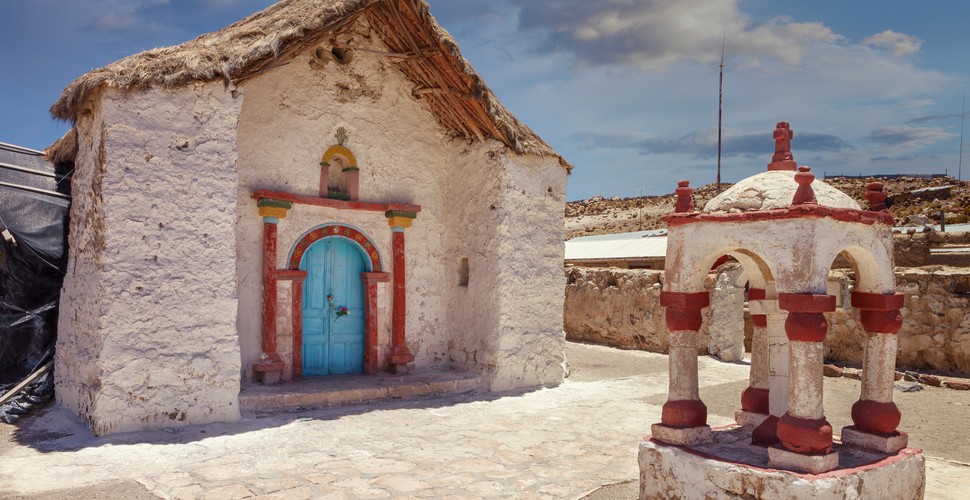
Small Church near Putre
Lauca National Park
From Arica, passing the ancient geoglyphs near San Miguel de Azapa, and taking the inland road toward Lago Chungará, you pass through pre-Hispanic and colonial villages with baroque churches and pukarás, or stone forts, used by native tribes from unrecorded times to defend themselves from invaders. As you ascend 4,500 meters into Parque Nacional Lauca, the mighty 6,000-meter-high volcanos called Parinacota and Pomerape, the sacred gods to the inhabitants of the high Andean plain, dominate the landscape. During most of the year, only a handful of people live in the town of Parinacota but it fills up for colorful religious festivals such as the Fiesta de la Virgen de Candelaria in early February and the Fiesta de las Cruces in May. Outside the whitewashed church, Aymara women in their brightly colored shawls and bowler hats sell local craftwork.
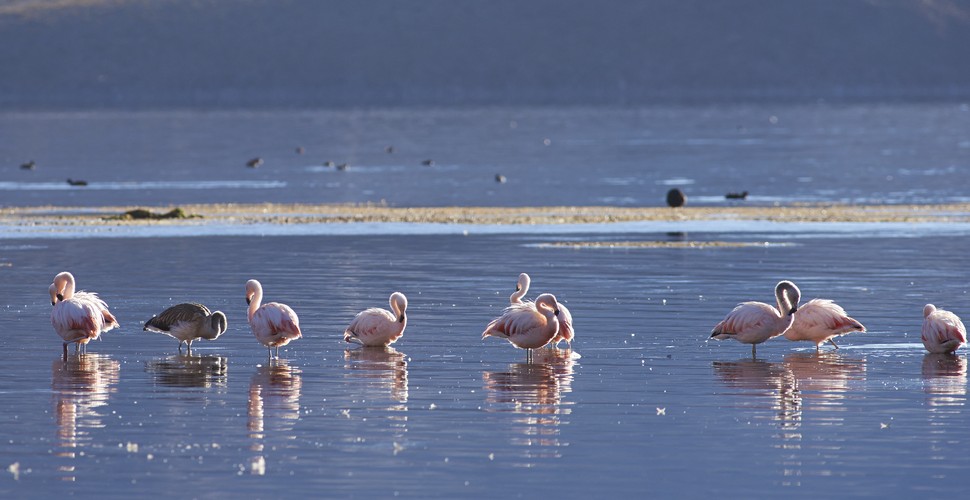
Flamingos in Lauca National Park
On Lago Chungará, declared a Biosphere World Reserve by Unesco, wildlife teems. The large flightless tagua-tagua make their nests on floating reed islands; the chinchilla-like vizcachas with their hopping scamper could be mistaken for fleeing gray hares; the sand-colored vicuñas often tag behind llama herds; the black-and-white piquén (Andean geese) will show themselves far from their nesting offspring as decoys; but perhaps most famous are the pink flamingos which dwell in the lake’s shallows.
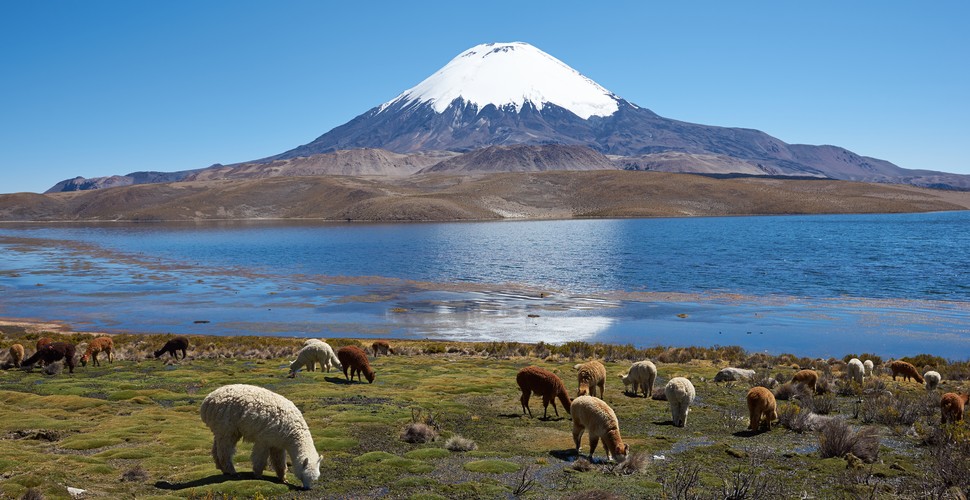
Lake Chungará
Atacama
The oasis town of San Pedro de Atacama is a popular base for exploring the north’s most spectacular sights. A dry salt lake, the Salar de Atacama, stretches beyond the town to a distant row of snowcapped volcanoes – including Licancábur which, at 5,916 meters (19,410ft), is one of the highest extinct volcanos in the Andean chain. San Pedro is extremely popular with travelers and has a restored adobe house on one side of the plaza that is universally called Pedro de Valdivia’s residence but is now thought to be pre-Hispanic in construction. Opposite is a 16th-century church, one of the oldest in Chile.
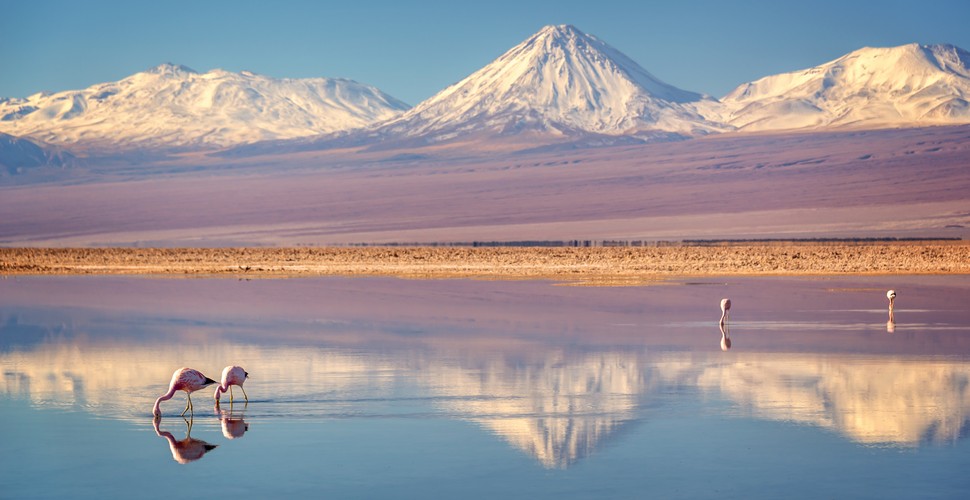
Slightly further afield you can find the famous Valle de la Luna is about 8km from San Pedro de Atacama. As the name suggests, this is a haunting landscape of colored gypsum, clay, and salt, without a hint of organic life to be found. The valley is at its eeriest at sunset, while under a full moon, the beams reflecting off the salt crystals of the region make it a truly spectacular sight. Possibly, the most interesting excursion from San Pedro is the one that leaves at 4 am to visit the daily show of at least 100 geysers at El Tatio, which burst forth just before sunrise every morning. As they exit the frozen earth with strange gurgling subterranean sounds, they thrust their columns of steam high into the air. Some are wide, boiling pools, while others resemble mini-volcanoes with cones of bright yellow mineral deposits.
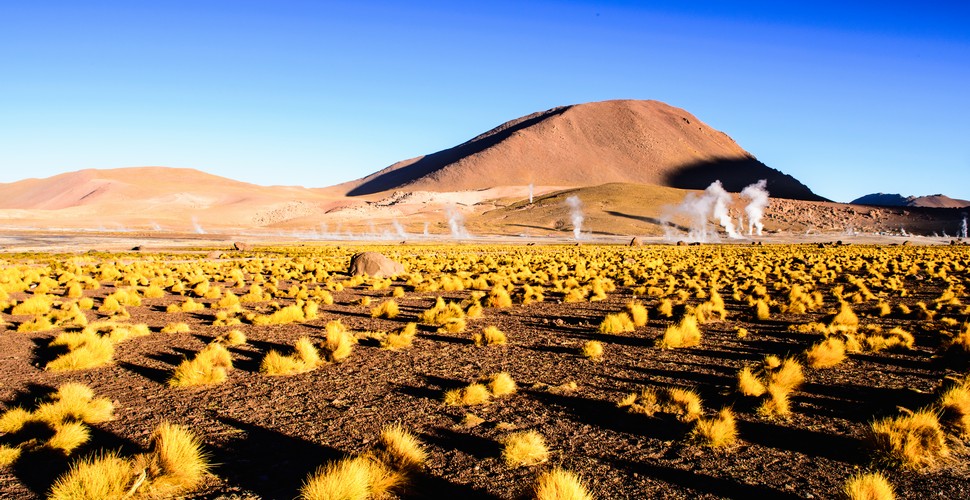
Tatio Geysers, Atacama
Santiago
Santiago is the cosmopolitan capital of Chile and on a tour of the city, you will see it all! Stroll through the mazes of fruit, vegetable, spice, and meat stalls at La Vega, admire the art-nouveau style of Mercado Central, the old fish market whose construction mimics a London-esque train station, and experience the fast-paced environments, the smells, the colors, and flavors. Let yourself take it all in! We will also visit the neo-classical Moneda Palace (seat of the government), the Plaza de Armas (main square), and Santa Lucia Hill, where Santiago was founded in 1541 by Pedro de Valdivia. Of course, showing the exquisite gastronomy of Santiago is part of the Santiago City tour, so we will stop for lunch in a local restaurant with plenty of opportunities to indulge in some of Chile’s famous wines! After lunch, we will find ourselves in the bohemian ambiance of the Bellavista neighborhood, where you will have the possibility to spend some leisure time shopping, visit San Cristobal Hill, have dinner in one of the many restaurants on the street of Concepción or relax in your hotel, before the trip to Santa Cruz!
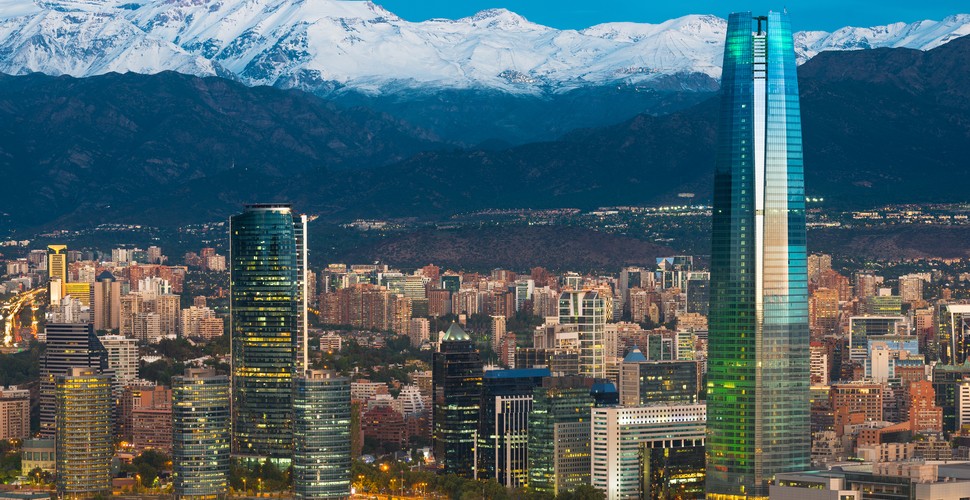
Santiago
Santa Cruz
Chile is an excellent new world wine destination today, and really worth a visit. Santa Cruz is a small town in the Colchagua Valley in Chile and has around 40 000 inhabitants. It is the almost inevitable base camp to explore the famous Colchagua Valley, and, for example, Lolol, Apalta, Cachapoal, Rapel, Curico, and other nearby valleys and regions. It is about 2 hours south of Santiago, in the Chilean region curiously named “General O’Higgins”.
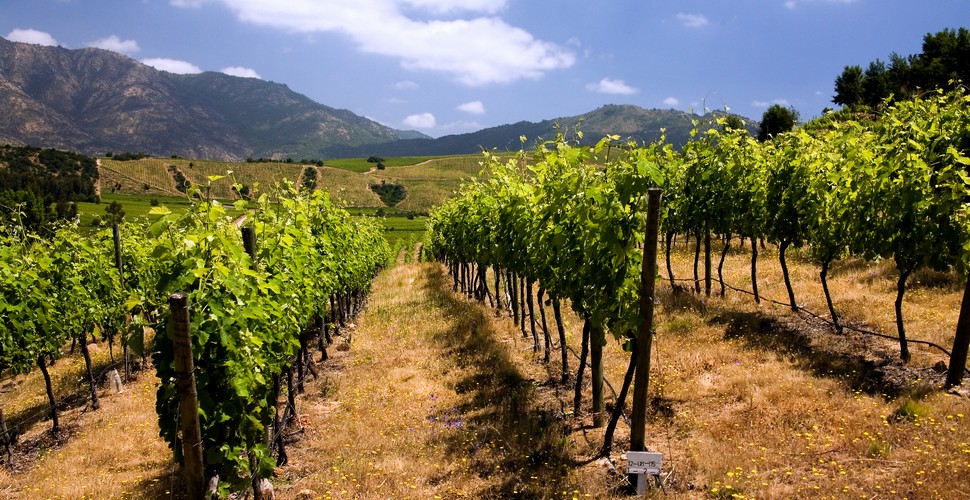
Vineyard in Santa Cruz Valley
The Colchagua Valley is one of the first-class destinations in the world. Known for its beautiful hills planted with vineyards, centuries-old vines, charming haciendas, and modern technological wineries that embellish the landscape. This Valley has always had a purely agricultural focus, due to the wonderful climate that counts, the use of cutting-edge technology, and the untiring creativity of man, which have allowed the wine industry an impressive development, with a production of wines that have reached the best world standards. The geographical characteristics generate unique and ideal microclimates for the production of different varieties of grapes, such as Cabernet Sauvignon, Merlot, Carmenere, Malbec, and Syrah, which today are reflected in the high quality of their wines, awarded through many important international awards. If wine is your thing, then Santa Cruz is by far the best option!
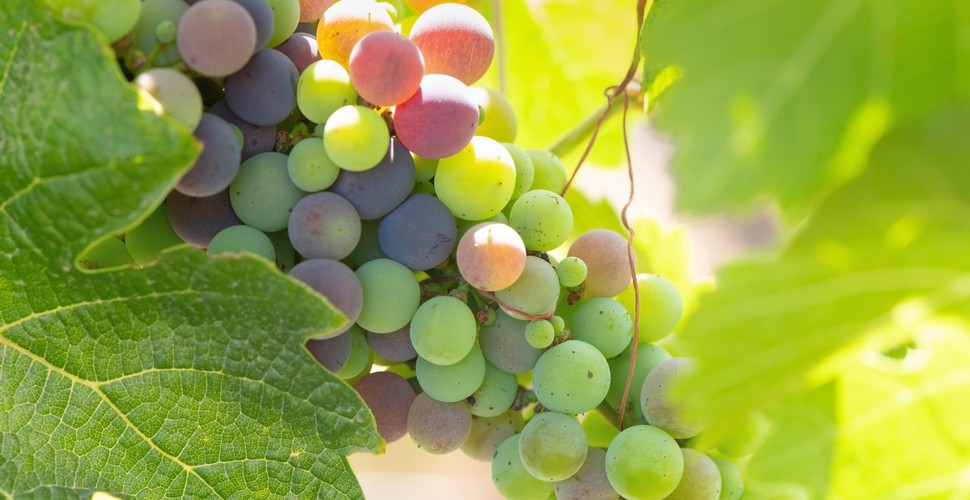
Malbec Grapes
Join us on this spectacular tour of the Undiscovered Atacama and the central wine valley and enjoy the perfect vacation in the northern part of this uniquely vast country of Chile.







